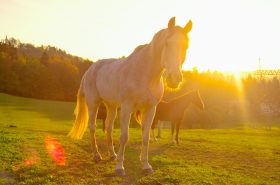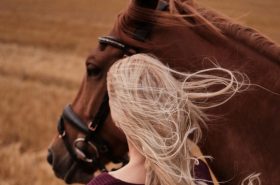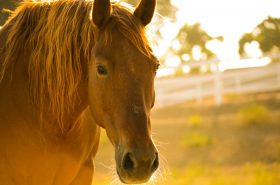This up-and-coming discipline showcases riding techniques from countries all across the world!
In recent years, the discipline known as working equitation has gotten a lot of attention in the United States. While popular in many European countries since the 1990s, it has taken some time for American riders to catch on to the sport. Those who try working equitation usually fall in love with it though! It’s open to all types of horses and riders.
The sport was founded by four countries- Portugal, Spain, France, and Italy. The riding techniques and traditions of each country are upheld in competitions. This includes traditional riding attire and tack. Nowadays, the discipline is recognized in at least 12 different countries!
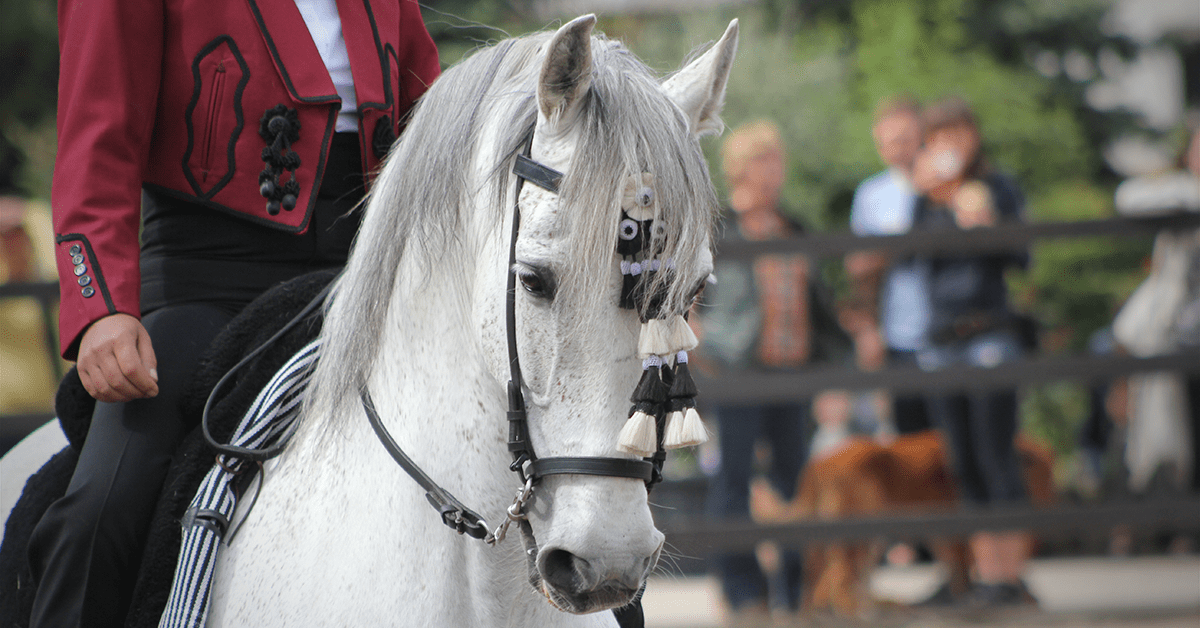
The Four Phases
Working equitation combines the sports of dressage and working cattle. The horses are showcasing skills that would be necessary on a working ranch. While there are international rules that can be used in competition, many countries have their own guidelines to follow. You’ll frequently find four trials or tests.
Dressage
One phase of working equitation is the dressage portion, which is very similar to traditional dressage. There are various tests that can be ridden, based on the horse and rider’s level. During their test, the movements performed will be given a numerical score. The judge is looking for things like impulsion, rhythm, calmness, and the rider’s position. The expected maneuvers will grow in difficulty to match the other phrases of working equitation.
Ease of Handling
The horse and rider team will move on to the ease of handling portion. This phase is similar to a trail obstacle course. The horse should move through each obstacle with ease and accuracy. They’re judged based on transitions, gaits, presentation, and the rider’s position to name a few. Each obstacle will be given a numerical score.
The types of obstacles are similar to what you might find out on a ranch or in the field. They will be numbered and ridden in order. Some examples include jumping over a log, crossing a bridge, or skewering a ring with a pole.
Speed
Similar to the ease of handling, the speed phrase is a timed course. The horse and rider team will need to navigate through an obstacle course, but at a quicker pace. There is no emphasis on style. The team will be given penalties for time and obstacle mistakes.
Cattle Work
In this event, the rider must sort, cut, and separate a preselected cow from the herd to a designated holding pen. It’s usually performed with three or four other riders. The horse and rider must work the cattle individually and as a team. In the United States, this phrase is not as common.
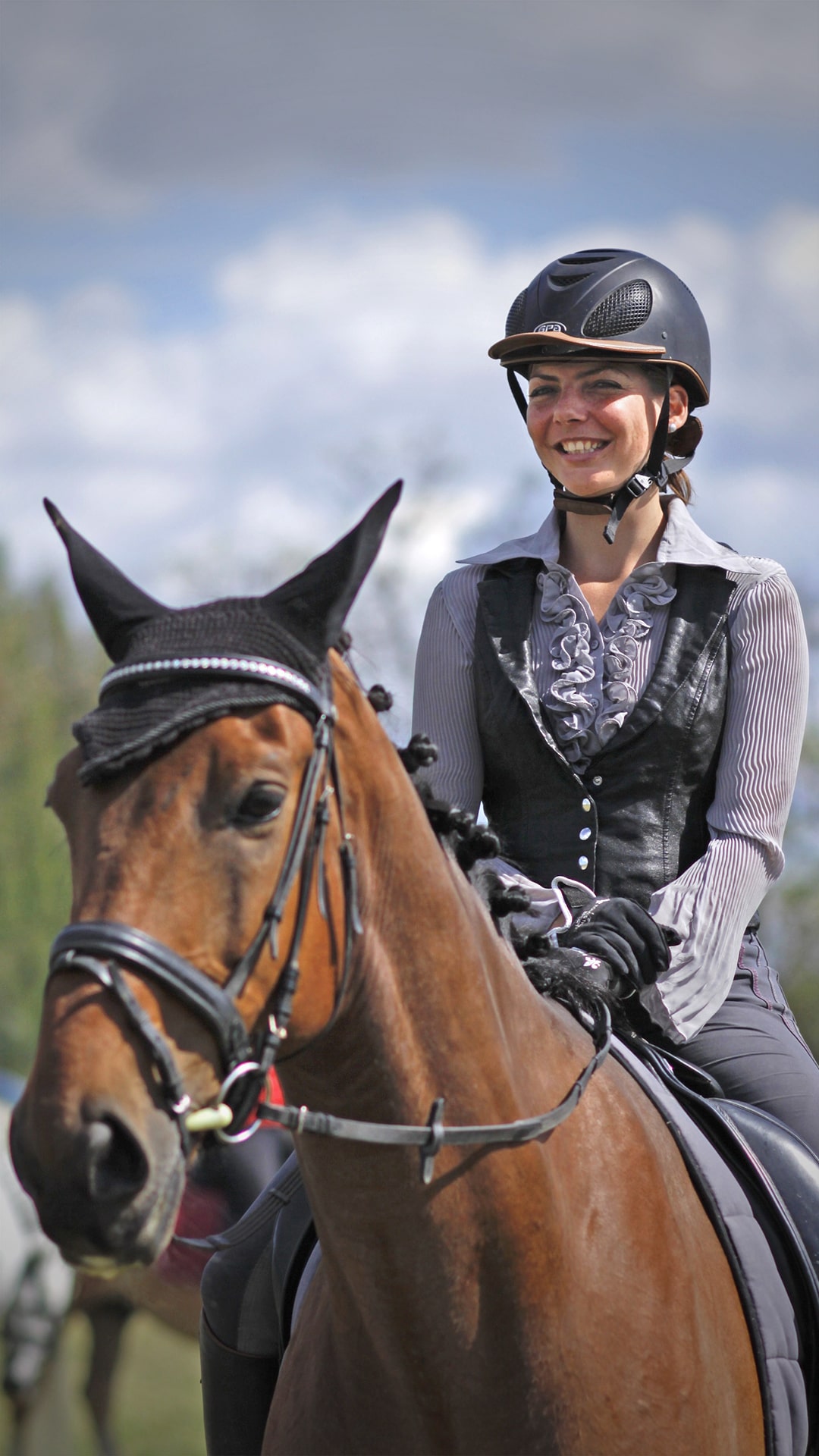
How to Get Involved
All breeds and types of horses are accepted in this discipline. You may see Andalusian and Lusitano horses decked out in Spanish attire and tack, but that isn’t necessary in the United States. The only main requirement is that the tack matches. If you choose to ride Western, then all of your tack must be Western. The same applies to other types.
The introductory level is called L1. Your horse will only be asked to walk, trot, halt, and back. They must also be comfortable navigating an obstacle course. Some of the obstacles may include opening a gate, carrying a garrocha pole, and going over a bridge. There is no speed trial at this level.
Find more information about events, coaches, and more at the USAWE website (https://usawe.org).
Working equitation is the ultimate test for horse and rider. You’ll also fall in love with the supportive community of the discipline. It’s pretty neat to see different types of horses and riders competing against each other from gaited ones and mules to western and classical dressage types.
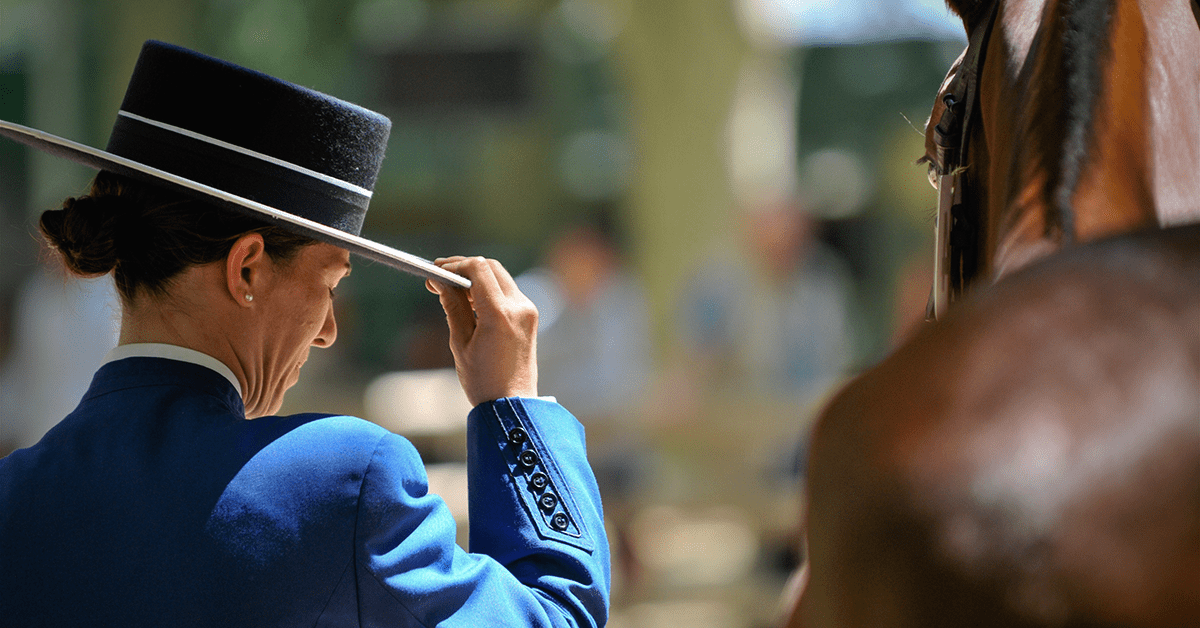
Enjoy this blog post? We think you may like What Is Western Dressage? by Emily Fought.

